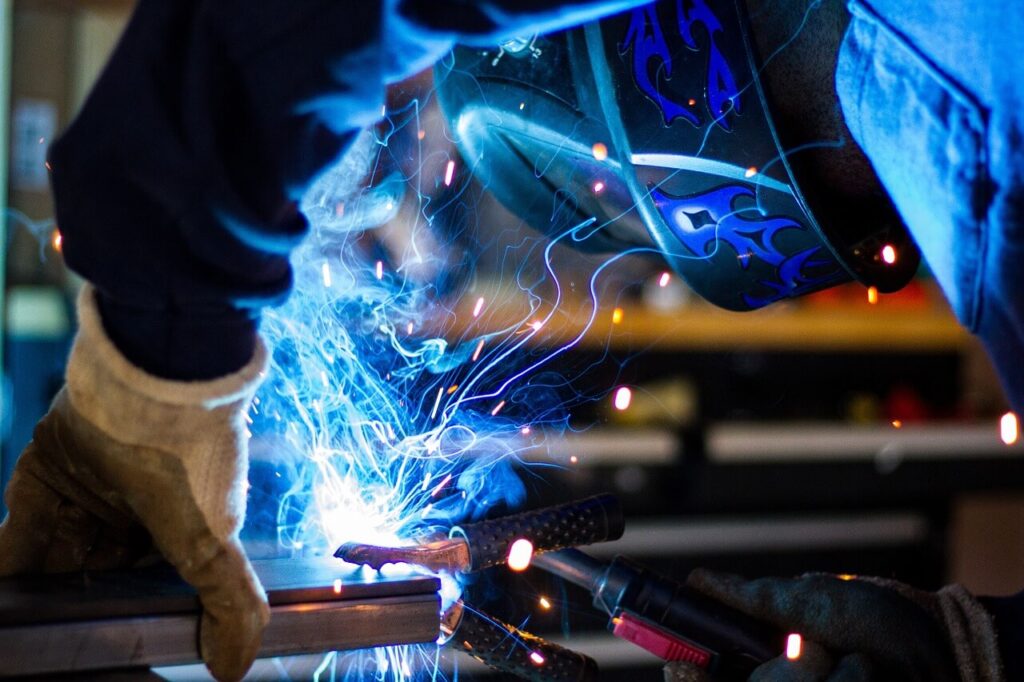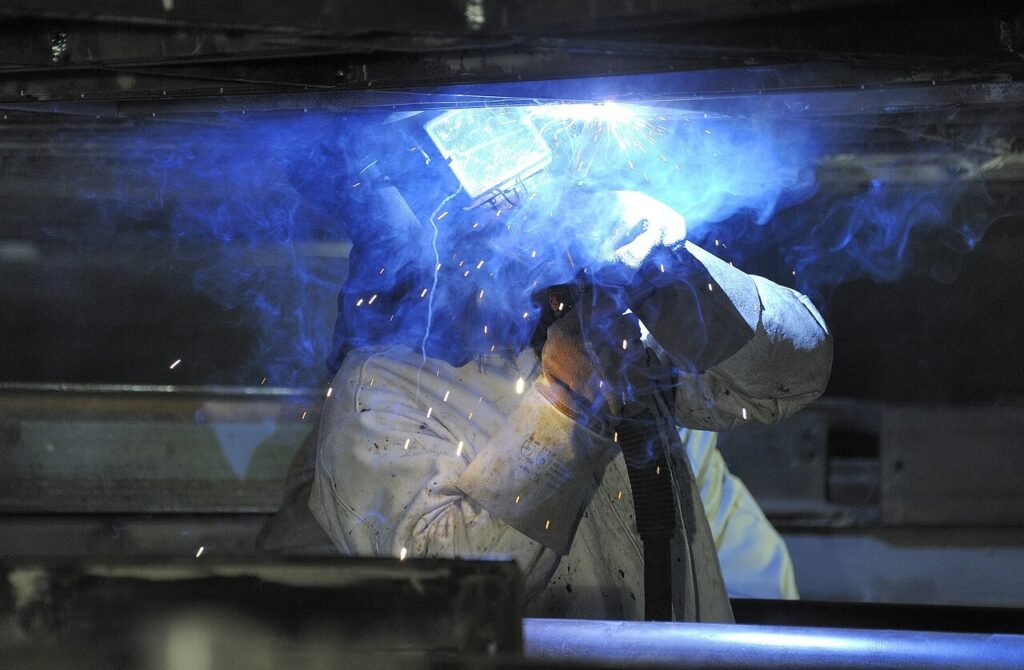Blogs By Cyclotron
Hazards of Welding Operation
Welding is the process of joining materials by subjecting them to high pressure or high temperature or both.
There are more than 70 different types of welding processes, each with a specific purpose. Some of the processes include arc welding, gas welding, resistance welding, etc which produces very high temperatures, harmful radiations that can pose serious safety and health hazards to the operators.
According to the bureau of labor statistics, more than half a million welders in the world either die or get injured every year. Due to the constant exposure of the operator to daunting environments, welding is considered the highest-risk operation.
HAZARDS OF WELDING OPERATION
Welding is the process of joining materials by subjecting them to high pressure or high temperature or both.
There are more than 70 different types of welding processes, each with a specific purpose. Some of the processes include arc welding, gas welding, resistance welding, etc which produces very high temperatures, harmful radiations that can pose serious safety and health hazards to the operators.
According to the bureau of labor statistics, more than half a million welders in the world either die or get injured every year. Due to the constant exposure of the operator to daunting environments, welding is considered the highest-risk operation.

Welding Hazards
Some of the major Welding hazards encountered by a welder during the operation are listed below
1- electric shock
During Arc Welding operations, an electric circuit is created to melt metals.
When the welder touches the metal objects that have a voltage difference between them, the electric circuit formed poses a serious threat to the operator.
Electrocution causes severe injuries that can lead to death. When he is working on the elevated structures, even if the shock is not severe, it can make the welder lose his balance and fall from heights.
Once the circuit is formed, it becomes highly difficult for the person, in contact, to release from the circuit.
An electric shock of 50 volts produces enough current to injure or kill an operator depending on the conditions.
2- Inhaling toxic gases and fumes
During the welding operation, minute solid particles originate from the consumables in the form of fumes.
These fumes are a combination of different metals like iron, lead, copper, manganese mercury, etc. various harmful gases like CO, CO2, F, and HF are released during welding.
Moderate exposure to the gases causes nausea, dizziness, headache, etc while Long term exposure causes respiratory issues, lung cancer.
Exposure to manganese affects the central nervous system and leads to impaired speech and movement.

3- Exposure to harmful radiations
During arc welding activities, infrared and ultraviolet radiations are emitted by the arc. Long-term exposure to the radiation, either direct or reflection, causes skin cancer and cataracts.
The high-intensity light produced during welding affects the iris of an eye and limits the ability to close eyes, resulting in temporary blindness and eye fatigue.
4- Burns or Explosion
Welding produces sparks that scatter up to a few meters area. If the operators contain any grease or oil on their clothes, there is a very high risk of getting burned.
Any nearby flammable substances can catch fire and damage the entire facility. Some high concentrated minute particles can get oxidized, resulting in explosions without any warning.
Of all the welding processes, Underwater welding is the most dangerous work. In addition to the above hazards, operators suffer decompression sickness due to diving in different pressure zones. He may inhale poisonous gases which can be fatal.

Conclusion
Besides the above hazards, operators are prone to many other risks which may cause permanent damage.
Welding is a high-risk operation. It demands high skills, good training, and proper knowledge about the procedure including safety precautions to be followed by the welders for safe operation
